Schiaparelli dress
Pencil on paper
Signed lower right and annotated "Schiap" upper right
47.5 x 36.5 cm
Provenance: Estate of René Gruau
René Gruau's pencil strokes are unique (...).
His style has remained unchanged since the beginning of his career, and will remain so.
Hubert de Givenchy
Paris, May 4, 1984
René Gruau was born in 1909 in Rimini to an Italian father and a French mother, who gave him his artist name. When his parents separated, he was forced to work to earn a living. He gave up on becoming an architect and began his career as a fashion illustrator in 1924. Self-taught, he began fashion design at the age of 15, a practice he devoted himself to for several years: "As far back as I can remember, I've always had a pencil in my hands; drawing was a real mania; it was also the only thing I knew how to do." So I tried my hand at illustrating stories and novel covers, summoned my courage, and went to show them to the editorial staff of the journals and magazines I knew.
Gruau moved to Paris in 1928 and began working for magazines such as Le Figaro and the hat magazine Marianne. Around this time, he met the young Christian Dior, with whom he became friends. Collaborations with women's magazines multiplied: Gruau illustrated Vogue, Fémina, Marie-Claire, Silhouettes, and L'Officiel de la Couture, among others. He designed models for Balenciaga, Fath, Piguet, Givenchy, Molyneux, and Rochas, among others. René Gruau devoted several years to fashion design, particularly inspired by the creations of his two friends Christian Dior and Jacques Fath. In 1947, he turned to advertising, creating one of his first advertising drawings for the perfume Miss Dior. Ten other perfume creations followed, including Diorama, Diorissimo, and Eau Sauvage.
Christian Dior gave Gruau carte blanche, allowing him the greatest artistic freedom in his advertising creations: the artist flourished there. He devoted himself increasingly to advertising as fashion magazines increasingly focused on photography. He created numerous campaigns in the fields of perfumery, fashion, and cosmetics, constantly reinventing French elegance. To achieve this, Gruau explains: "I sometimes make 30 sketches before arriving at the final design; first fantasy sketches, then framing sketches, then I take a model and start sketching from the model... In short, it's a very complex process."
In this regard, Fabienne Falluel explains: her work begins with "primary sketches," research intended to establish the main idea. It is described by René Gruau as "summary". He thus throws around ten sketches, either in 6B pencil, the softest lead which allows great flexibility, therefore increased speed, or in charcoal which he can then erase with his finger or go back over. At this stage, both techniques, pencil or charcoal, are used equally. Then comes the "sketch from life": the presence of a model allows the movement and form to be concretized, and the basic idea to be visualized. This moment is, according to René Gruau, "of intense tension" and requires great physical effort which leads to a rest. These are most often black and white sketches. After the truth of the drawing, René Gruau reveals: "I make the fantasy". On drawing paper, sometimes Canson, most often white, he begins the creation with Indian ink, gouache or watercolor. The final step only comes after this long quest and is created on strong Canson paper or cardboard to become "the drawing," which is reproduced in print.
In 1949, René Gruau created his first poster for Rouge Baiser, a lipstick developed by Paul Baudecroux in 1927. He subsequently expanded on the theme and produced several advertisements. In his drawings, he always evoked a refined woman, both elegant and sensual: "The sense of elegance is made, as we know, to be lost," says Patrick Mauriès, and Gruau's images always bear witness, in one of their aspects, to a lost world—a world that suits them so perfectly that they bear, as they would have said in the Middle Ages, its "signature."
The advertising drawings for Rouge Baiser have left their mark on memories and become iconic. Gruau also designed several advertising posters for perfumes and cosmetics by Balmain, Jacques Griffe, Lucien Lelong, Jacques Fath, Elizabeth Arden, Payot, Peggy Sage, and Givenchy. For several seasons, the artist was commissioned to embody the campaigns for the legendary Parisian cabarets, the Lido and the Moulin Rouge. In 1961, he also designed the costumes and sets for an opéra bouffe, La Belle de Paris, staged at the Opéra-Comique.
Gruau's drawings are perfectly in keeping with his era, which rendered the body a purity. A key figure in his time, he influenced several generations with his work, both modern and timeless.


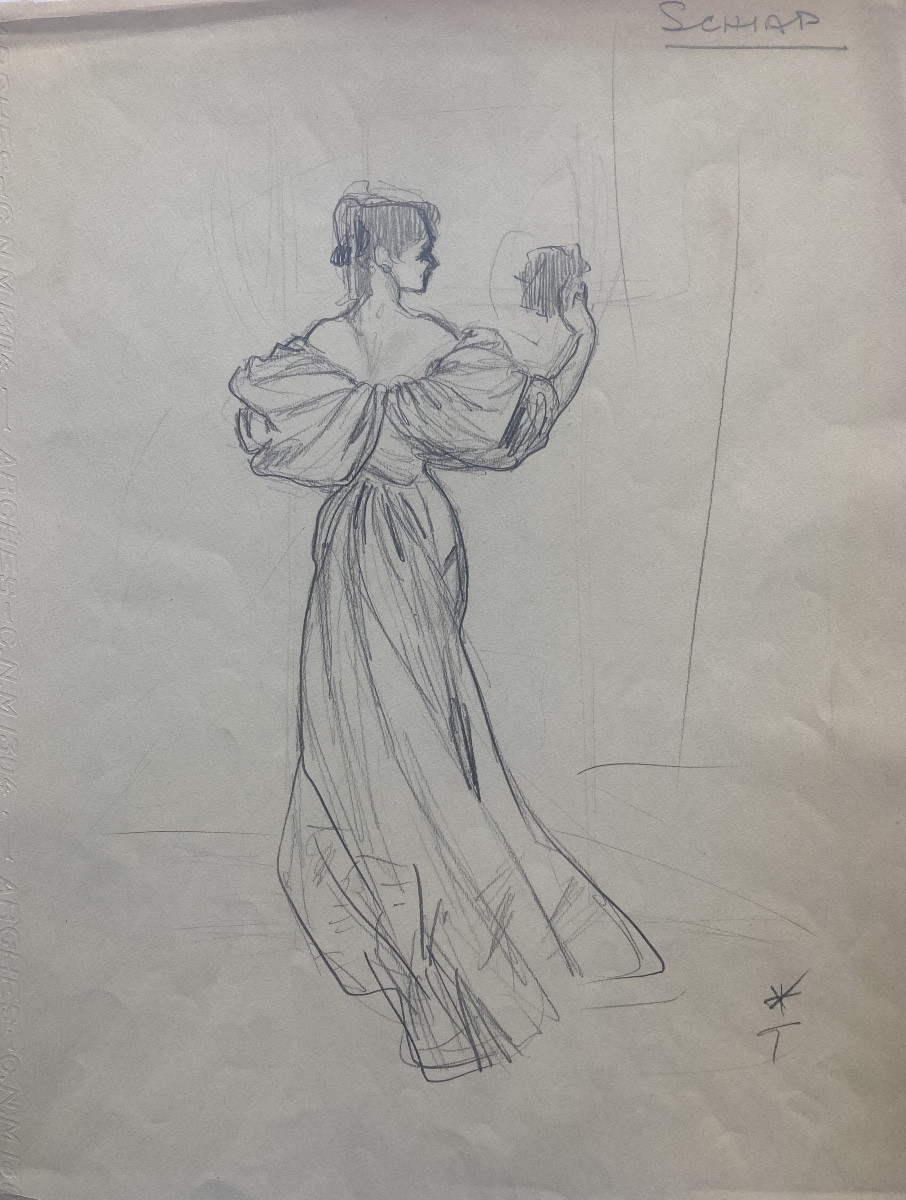
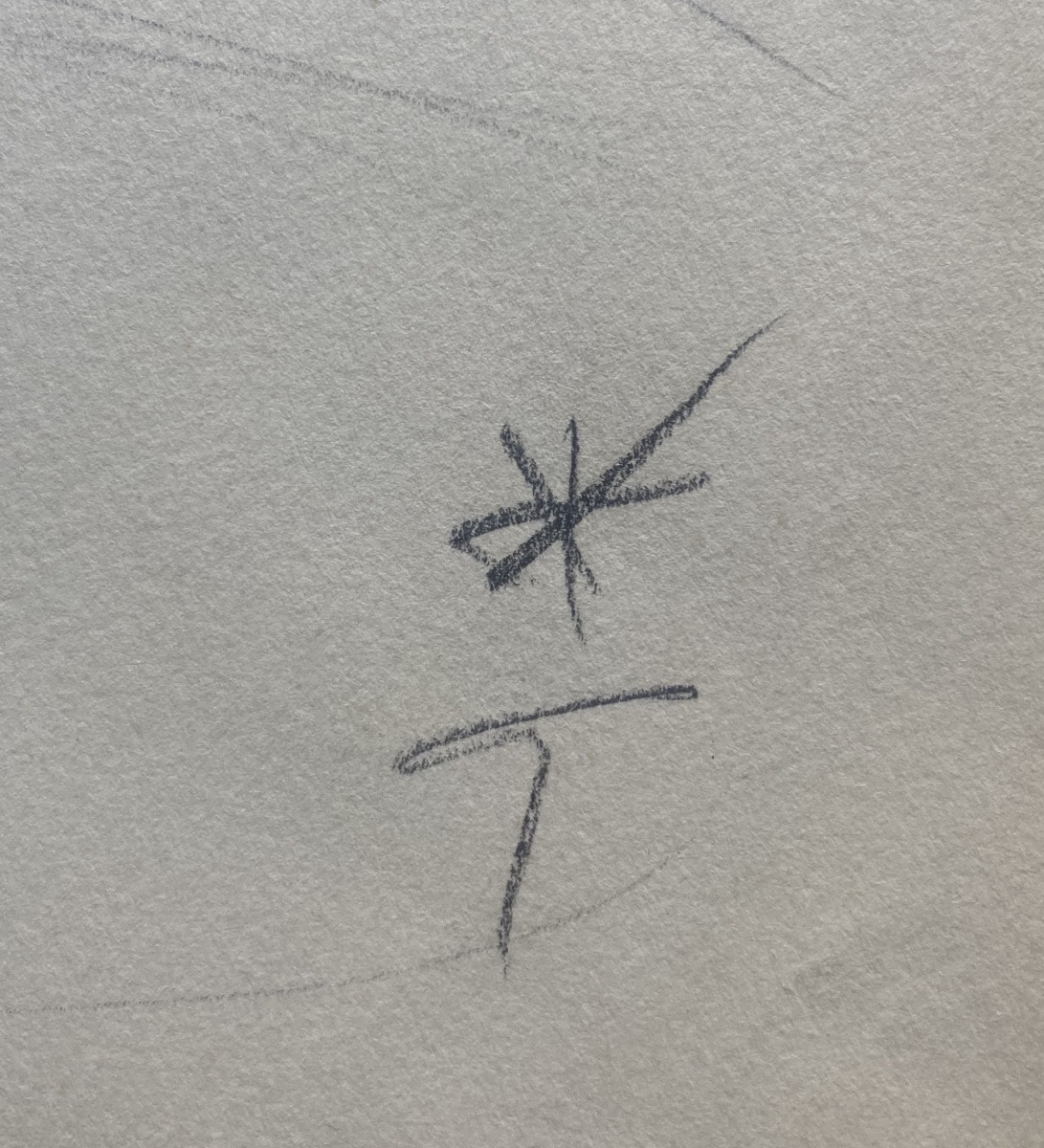
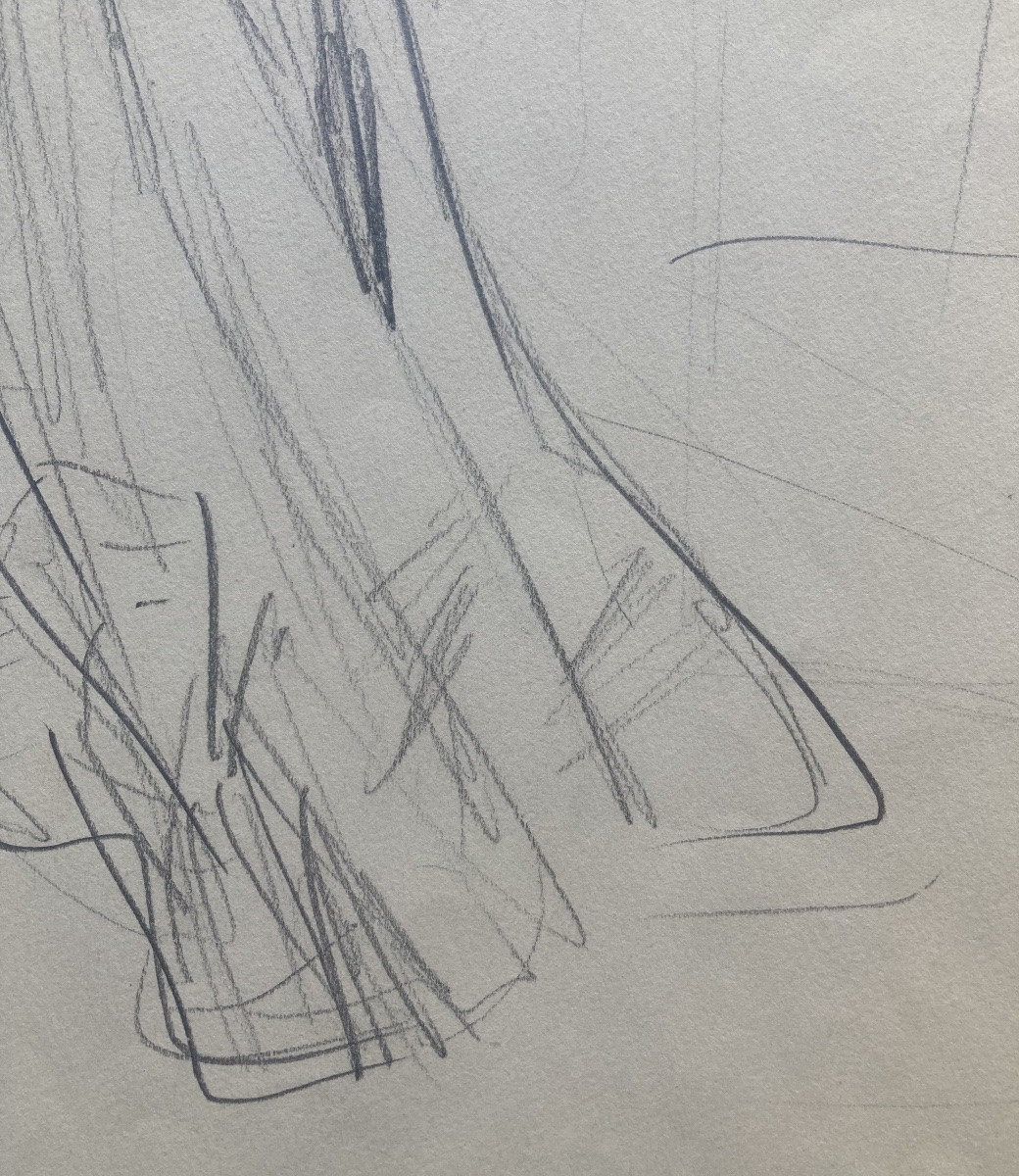
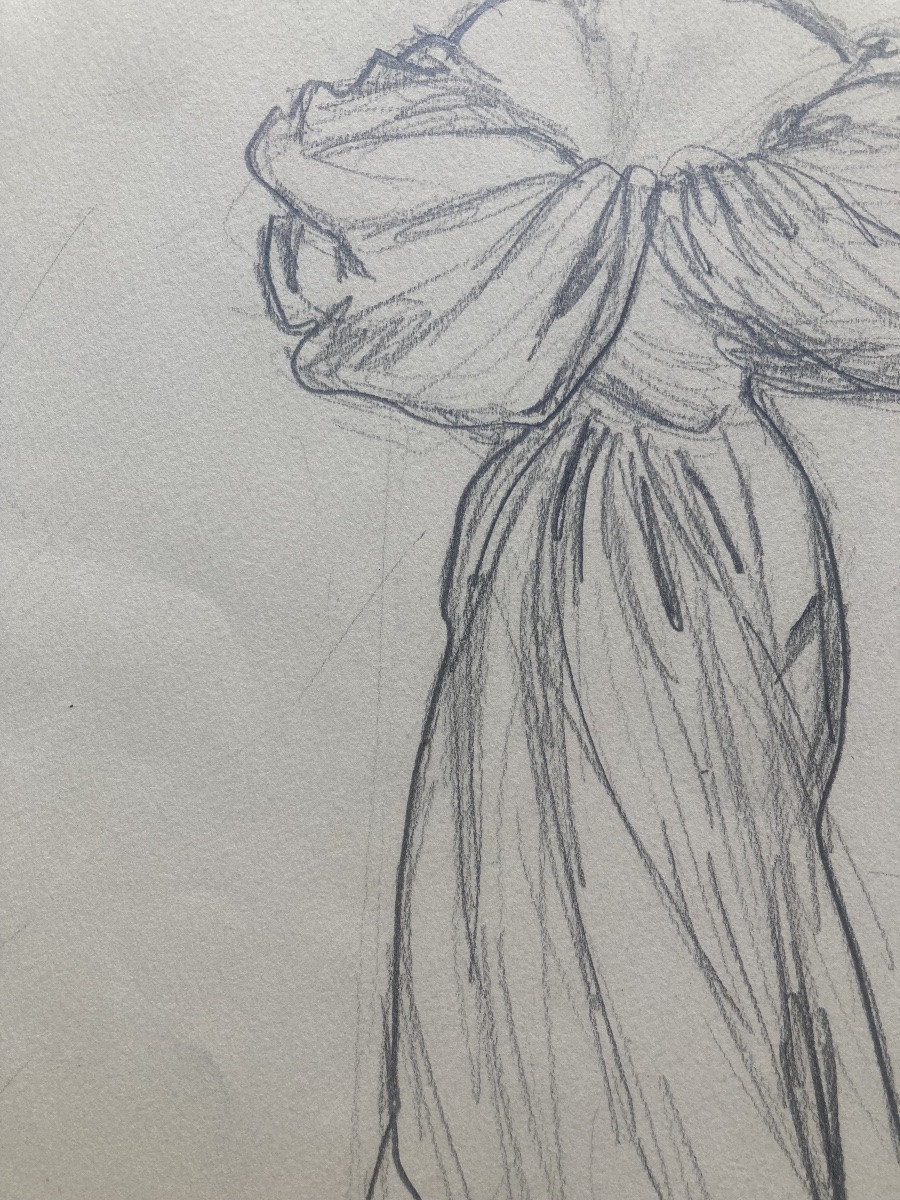
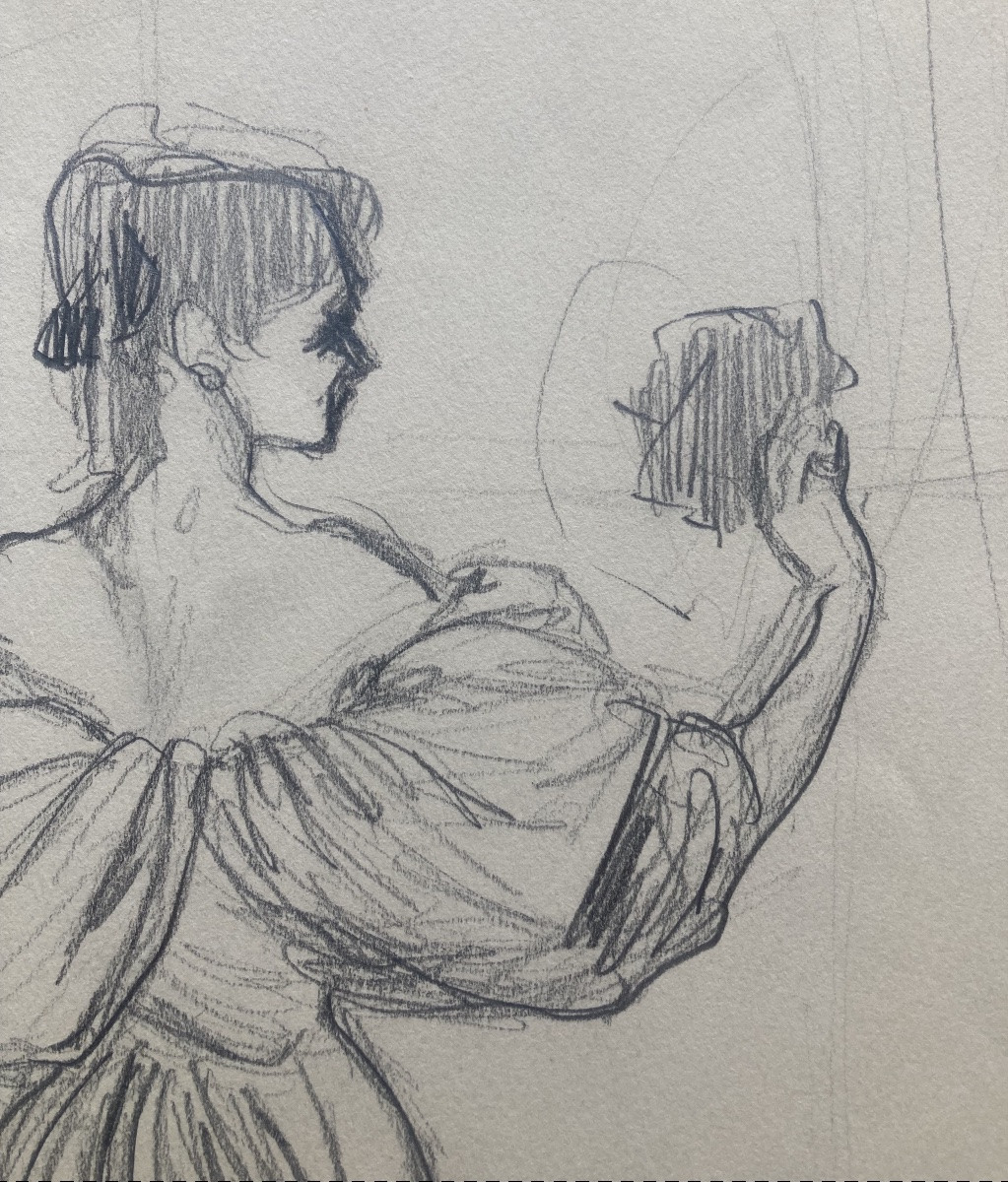
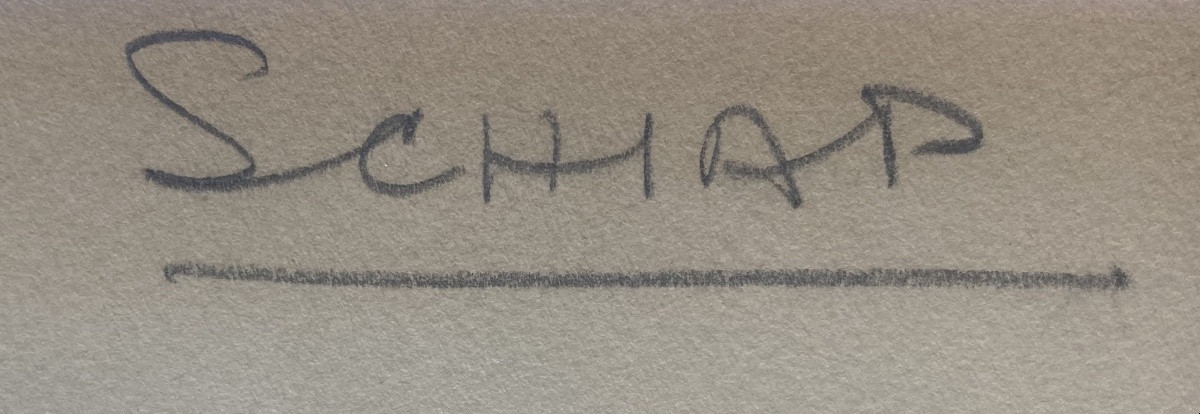











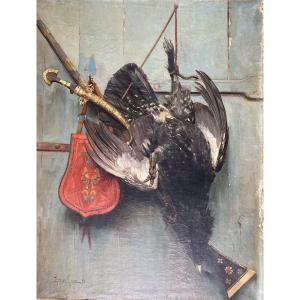

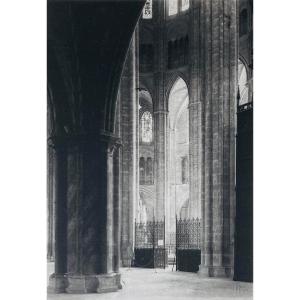
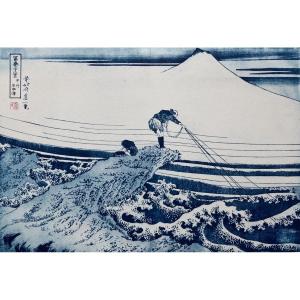
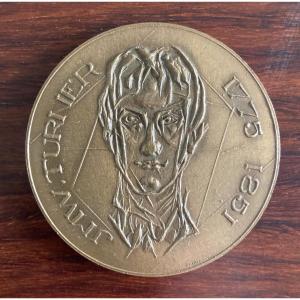


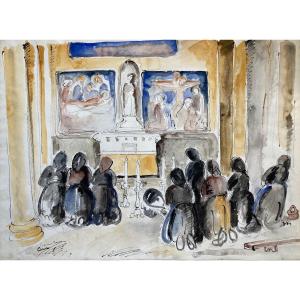
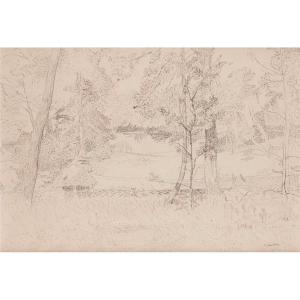
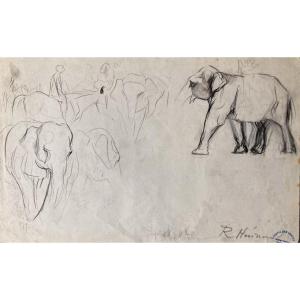

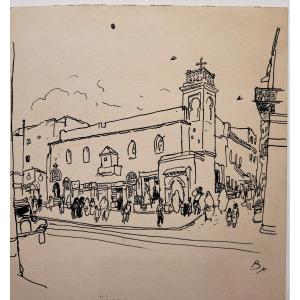






 Le Magazine de PROANTIC
Le Magazine de PROANTIC TRÉSORS Magazine
TRÉSORS Magazine Rivista Artiquariato
Rivista Artiquariato